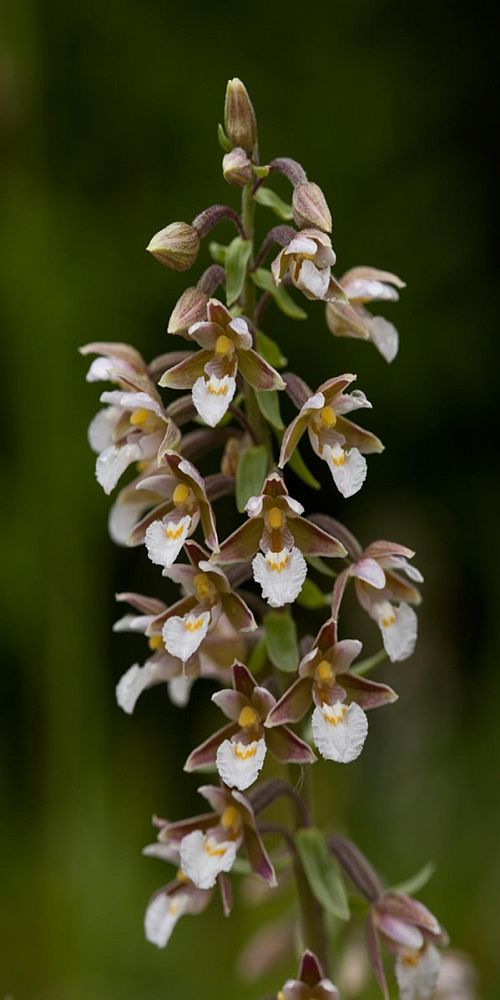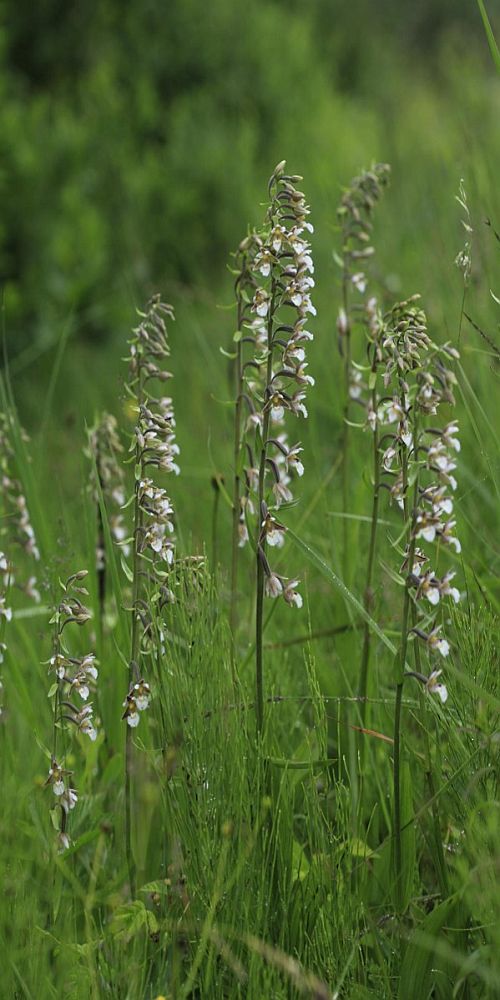Estonian Orchid Protection Club (Eesti Orhideekaitse Klubi), http://www.orhidee.ee/
Photos Arto-Randel Servet
Estonian text posted 08.01.2020
Marsh helleborine
Marsh helleborine Soo-neiuvaip Epipactis palustris
It is by no means uncommon that when talking about orchids somebody amazedly asks, do they grow in
There are 35 orchid species growing in nature in
Already in 1936 8 orchid species were included in the first Estonian conservation law. From 1983 all our orchids are included in the protection.
The main habitats of this year’s orchid, the marsh helleborine, are different types of lowland marshes, alvar and coastal meadows, but it can also be found in habitats created by man such as ditches and quarries. The flowering period of the marsh helleborine usually lasts from the last third of June to early August. The eye-catchingly attractive flowers with white lips that have a lacy edge are gathered upwards in a one-sided inflorescence. The covering sepals are purple or brownish red, with a transition to greenish hues. Plants also occur with the reddish shade lacking except in the stripes on the base of the lip. This lighter-flowered marsh helleborine variety has been the basis for creating the club logo. The leaves are lanceolate, becoming narrower towards the tip, quite wide at the base (up to 4-
Since the marsh helleborine occurs in all

We will introduce the orchid of the year more in detail and study its habitats closer at the start of the flowering period.



